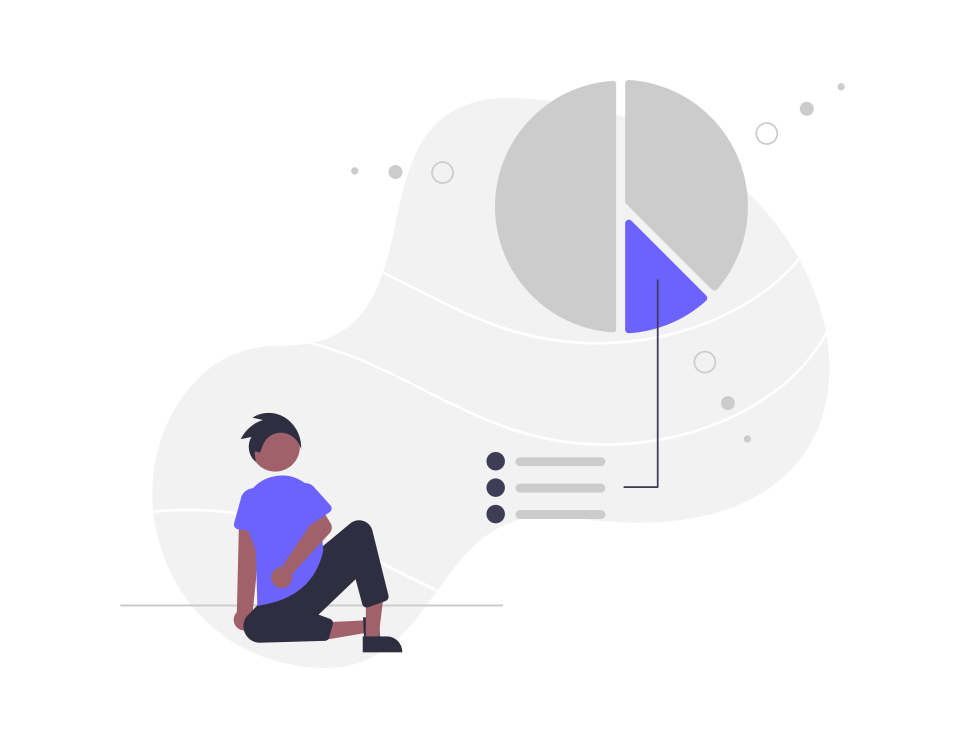In the digital age, website personalization has become a cornerstone of effective marketing strategies. Leveraging data to tailor user experiences not only enhances engagement but also drives conversions and customer loyalty. This article explores the pivotal role data plays in website personalization strategies, detailing how it is collected, analyzed, and implemented to create bespoke user experiences.
Understanding Website Personalization
Website personalization involves tailoring the content, design, and functionality of a website to meet the individual needs and preferences of users. This customization can range from simple elements like personalized greetings to complex content recommendations and dynamic page layouts. The goal is to create a unique and relevant experience for each visitor, which can significantly improve user satisfaction and business outcomes.
Types of Data Used in Personalization
The effectiveness of website personalization hinges on the quality and variety of data collected. Here are the primary types of data utilized:
-
Demographic Data: Information such as age, gender, location, and occupation helps in segmenting the audience and tailoring content to different user groups.
-
Behavioral Data: Tracking user actions like page visits, clicks, time spent on site, and navigation paths provides insights into user interests and engagement patterns.
-
Transactional Data: Purchase history, cart contents, and order frequency are crucial for recommending products and creating personalized shopping experiences.
-
Psychographic Data: Understanding user attitudes, values, and lifestyle choices allows for deeper personalization aligned with user motivations and preferences.
-
Contextual Data: Data on the user’s device, time of visit, and current location helps in delivering timely and relevant content.
Data Collection Methods
Data collection is the foundation of website personalization. Various methods are employed to gather the necessary information:
-
Web Analytics: Tools like Google Analytics track and report website traffic, user behavior, and conversion rates.
-
Cookies and Tracking Scripts: These tools monitor user activity across sessions, providing continuity and deeper insights into user behavior.
-
User Accounts and Logins: Encouraging users to create accounts allows for the collection of detailed demographic and transactional data.
-
Surveys and Feedback Forms: Direct user input provides valuable psychographic data and specific preferences.
-
Third-Party Data: Supplementing internal data with external sources can enhance the depth and accuracy of user profiles.
Data Analysis for Personalization
Once collected, the data must be analyzed to uncover actionable insights. This process involves several key steps:
-
Data Integration: Combining data from various sources to create a unified view of each user.
-
Segmentation: Grouping users based on shared characteristics or behaviors to target them more effectively.
-
Pattern Recognition: Using machine learning algorithms to identify trends and patterns in user data.
-
Predictive Analytics: Anticipating user needs and preferences based on historical data.
Implementing Data-Driven Personalization
The insights gained from data analysis are used to implement personalization strategies across the website:
-
Content Personalization: Displaying content that matches user interests and preferences. For instance, a visitor interested in sports might see more sports-related articles or products.
-
Product Recommendations: Suggesting products based on previous purchases or browsing history to enhance the shopping experience.
-
Dynamic Content: Altering website elements in real-time based on user data. This could include personalized greetings, tailored offers, or changing imagery based on user demographics.
-
User Journey Optimization: Customizing the navigation and layout to guide users towards desired actions, such as signing up for a newsletter or completing a purchase.
Benefits of Data-Driven Website Personalization
-
Enhanced User Experience: Personalized websites are more engaging and relevant, leading to higher user satisfaction.
-
Increased Conversion Rates: Tailored content and recommendations significantly boost the likelihood of conversions.
-
Improved Customer Loyalty: Personalization fosters a sense of connection and loyalty among users, encouraging repeat visits and purchases.
-
Higher ROI: Effective personalization strategies can lead to more efficient marketing spend and higher returns on investment.
Challenges and Considerations
While data-driven website personalization offers numerous benefits, it also presents several challenges:
-
Data Privacy: Ensuring compliance with data protection regulations like GDPR is crucial. Transparency with users about data collection and usage practices builds trust.
-
Data Quality: Accurate and up-to-date data is essential for effective personalization. Investing in data management and hygiene practices is necessary.
-
Technical Implementation: Integrating personalization tools with existing website infrastructure can be complex and requires technical expertise.
Future of Website Personalization
The future of website personalization lies in leveraging advanced technologies such as artificial intelligence (AI) and machine learning. These technologies can process vast amounts of data in real-time, enabling hyper-personalization at scale. Additionally, the rise of voice and visual search will open new avenues for personalized user experiences.
Conclusion
Data is the backbone of effective website personalization strategies. By collecting, analyzing, and implementing user data, businesses can create tailored experiences that delight users, drive engagement, and boost conversions. As technology advances, the potential for even more sophisticated personalization strategies will continue to grow, making data an indispensable asset for any digital marketer.


